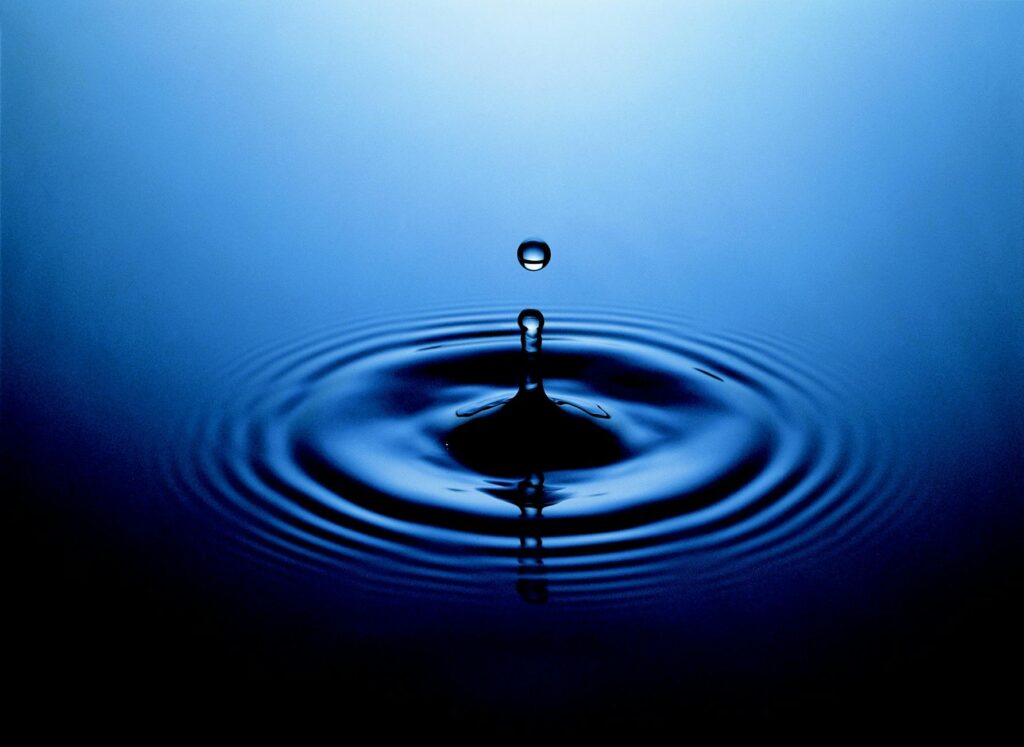What is flow triggers?

What is flow triggers?
Flow triggers are essential elements that help individuals achieve a heightened state of productivity and focus, often referred to as “flow.” This concept is not just about working harder; it’s about working smarter. By understanding and implementing flow triggers, you can enhance your workflow, engage deeply with your tasks, and ultimately achieve better results.
Understanding Flow Triggers
Flow triggers are specific stimuli that help individuals transition into a flow state, where they are fully immersed in their activities. These triggers can be internal, such as your thoughts and emotions, or external, like your physical environment. The primary role of flow triggers is to manage your attention and improve engagement with tasks, leading to greater satisfaction and efficiency.
Definition of Flow Triggers
Flow triggers are factors that induce a state of flow, characterized by intense focus, a sense of control, and a lack of distractions. They can be related to your surroundings, emotional state, or specific behaviors. Each trigger works uniquely for different individuals, engaging their attention and helping them feel more connected to their work. For example, a musician might experience flow while playing an instrument in a quiet room, while a writer might find flow in a bustling café.
Importance of Flow Triggers in Productivity
Incorporating flow triggers into your routine can significantly enhance productivity. When you enter a flow state, tasks feel more manageable, creativity flourishes, and time seems to fly. Research shows that identifying and utilizing flow triggers can lead to better focus and increased output. It’s the difference between feeling like you’re working hard without results and achieving your goals efficiently.
To learn more about the impact of flow triggers on performance, check out this article on Flow Research Collective.
Types of Flow Triggers
Various types of flow triggers can be categorized based on their source. Understanding these can help you identify what works best for you.
Environmental Flow Triggers
Your physical environment plays a crucial role in entering a flow state. Factors such as lighting, noise levels, and even the arrangement of your workspace can serve as environmental flow triggers. For example, a clean, organized desk can help minimize distractions and promote focus.
Emotional Flow Triggers
Emotions significantly influence your ability to enter a flow state. Positive emotions like excitement and curiosity can boost your engagement, while negative emotions may hinder your focus. By managing your emotional state—through techniques like mindfulness or motivation strategies—you can create a conducive atmosphere for flow.
Behavioral Flow Triggers
Certain behaviors can trigger flow, such as setting clear goals, maintaining a steady pace, or taking regular breaks. These actions help to align your focus and energy, making it easier to slip into a productive state. For instance, practicing the Pomodoro technique—where you work intensely for a set time followed by a short break—can help trigger flow by providing structured intervals for focus and recovery.
Implementing Flow Triggers in Daily Life
Incorporating flow triggers into your personal and professional routines can help you achieve a state of flow more consistently.
Creating an Optimal Environment
Designing a workspace that promotes flow involves eliminating distractions. You could invest in noise-canceling headphones, use soft lighting, or even decorate with plants to create a calming atmosphere. For more ideas on how your environment influences flow, take a look at this piece on Flow Triggers – Lean Practice.
Managing Emotions for Optimal Flow
Emotional regulation is key to fostering flow. Techniques like deep breathing, visualization, or positive affirmations can help you manage your emotional state. By staying grounded and focused, you’ll find it easier to engage fully with your tasks.
Developing Productive Habits
Creating habits that encourage flow is essential. Here are some habits to consider:
- Set Clear Goals: Know exactly what you want to achieve in each work session.
- Limit Distractions: Turn off notifications and use apps to block distracting websites.
- Practice Regularly: Engage in your tasks consistently to build familiarity and confidence.
Measuring the Impact of Flow Triggers
Once you implement flow triggers, it’s important to assess their effectiveness.
Monitoring Productivity Gains
You can track productivity improvements by noting your output before and after implementing specific flow triggers. Keeping a journal or using productivity apps can help you visualize your progress and identify which triggers work best for you.
Adjusting Techniques Based on Results
Refinement is crucial. If certain triggers aren’t yielding the desired results, don’t hesitate to adjust your methods. Experiment with different environmental setups, emotional strategies, or behaviors until you find what works best for you.
Conclusion
Flow triggers are powerful tools in enhancing productivity and engagement. By understanding and implementing these triggers in your daily routine, you can unlock a more focused and productive work experience. Whether through refining your environment, managing your emotions, or developing beneficial habits, you can explore the potential of flow triggers to transform your approach to work. Embrace this opportunity to elevate your productivity and discover what flow can do for you!
For additional insights into flow triggers, consider checking out Using flow triggers to enter the zone on command.

Photo by Pixabay